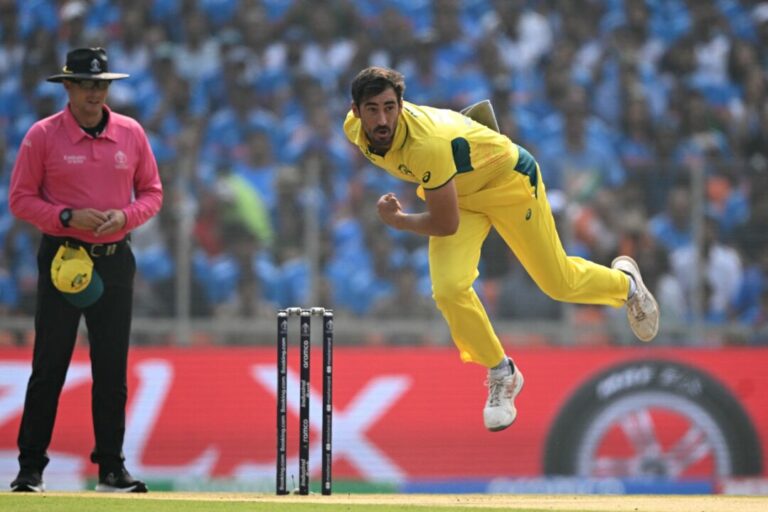The Impact of E-commerce on Cricket Journalism
betbhai com whatsapp number, playexch, lotus365 in login password:The Impact of E-commerce on Cricket Journalism
In the ever-evolving landscape of journalism, the rise of e-commerce has had a profound impact on how news is consumed, produced, and monetized. Cricket journalism, in particular, has seen a shift in the way information is disseminated to fans around the world. This article will explore the influence of e-commerce on cricket journalism, examining how it has reshaped the industry and what it means for the future of sports reporting.
The Evolution of Cricket Journalism
Cricket journalism has a long and storied history, dating back to the early days of the sport. Newspapers and magazines were the primary sources of cricket news, providing match reports, player interviews, and analysis for fans to devour. As technology advanced, radio and television broadcasts became popular mediums for following cricket, offering live coverage and commentary on matches.
With the advent of the internet, cricket journalism entered a new era. Online platforms allowed for real-time updates, interactive features, and multimedia content that revolutionized the way fans consumed news. Social media further accelerated the dissemination of information, with platforms like Twitter and Facebook becoming go-to sources for breaking cricket news.
The Rise of E-commerce in Cricket Journalism
E-commerce has played a significant role in shaping the modern cricket journalism landscape. With the proliferation of online shopping, sports media outlets have turned to e-commerce as a means of monetizing their content. Affiliate marketing, sponsored content, and e-commerce partnerships have become common strategies for generating revenue in the digital age.
One of the key ways e-commerce has impacted cricket journalism is through affiliate marketing. By promoting products and services related to cricket, media outlets can earn a commission on sales generated through their links. For example, a cricket website might include affiliate links to cricket equipment, apparel, or merchandise, earning a percentage of the sales made through those links.
Sponsored content is another popular e-commerce strategy employed by cricket journalism outlets. Brands looking to reach a cricket-loving audience may sponsor articles, videos, or social media posts on sports media platforms. These partnerships can provide a valuable revenue stream for cricket journalists while also delivering targeted advertising to fans.
E-commerce partnerships have also emerged as a lucrative opportunity for cricket journalism outlets. By teaming up with e-commerce platforms, media organizations can offer exclusive deals, discounts, and promotions to their audience. This not only drives revenue for the outlet but also provides added value to cricket fans who can access special offers on cricket-related products.
The Future of Cricket Journalism in the E-commerce Era
As e-commerce continues to grow in prominence, the future of cricket journalism looks increasingly intertwined with digital commerce. Media outlets will need to adapt to the changing landscape by embracing e-commerce strategies that align with their editorial voice and audience preferences. From affiliate marketing to sponsored content to e-commerce partnerships, cricket journalism outlets must find innovative ways to monetize their content while delivering value to their readers.
The integration of e-commerce into cricket journalism presents both opportunities and challenges for the industry. On the one hand, e-commerce offers new revenue streams that can support high-quality journalism and innovative storytelling. On the other hand, there is a risk of compromising editorial integrity and credibility if media outlets prioritize commercial interests over journalistic ethics.
Ultimately, the success of e-commerce in cricket journalism will depend on how media organizations navigate the delicate balance between monetization and editorial integrity. By prioritizing transparency, authenticity, and reader trust, cricket journalism outlets can leverage e-commerce to enhance the fan experience and sustain a viable business model in the digital age.
In conclusion, the impact of e-commerce on cricket journalism is undeniable. As technology continues to reshape the media landscape, cricket journalism must evolve to meet the changing needs and expectations of fans. By embracing e-commerce strategies that align with their editorial mission, cricket journalism outlets can thrive in a digital era defined by innovation and disruption.
FAQs
Q: Is e-commerce the future of cricket journalism?
A: E-commerce is certainly a significant aspect of the future of cricket journalism, as it offers new opportunities for monetization and audience engagement.
Q: How can cricket journalism outlets maintain editorial integrity in the e-commerce era?
A: By prioritizing transparency, authenticity, and reader trust, cricket journalism outlets can uphold their editorial integrity while incorporating e-commerce strategies.
Q: What are some examples of successful e-commerce partnerships in cricket journalism?
A: Media outlets partnering with e-commerce platforms to offer exclusive deals, discounts, and promotions on cricket-related products is a successful example of e-commerce partnerships in cricket journalism.






